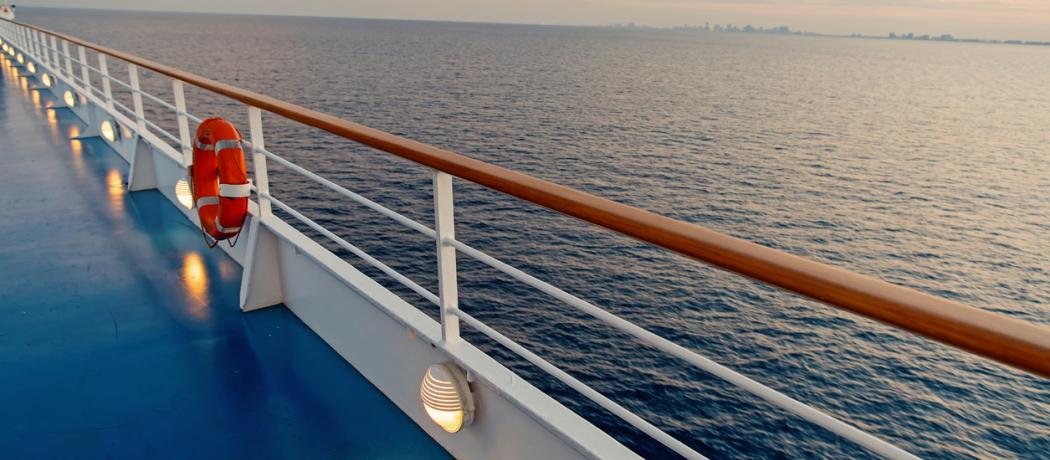Most of the time that I spend on the water is in my red, 25 foot long, 14 inch wide singles rowing boat with two oars. Apart from occasional trips on BC Ferries, the last time I traveled on a passenger-carrying ship of some size was in September 1947. I was 18 years old and on my way from my native Hungary to Canada. I left Budapest on my first-ever airplane ride and stayed in London for a month waiting for my Canadian visa. I was booked on a decommissioned military troop ship sailing from Plymouth for New York; at that time it was 8 days of sailing. Instead of cabins there were large separate sleeping areas for men and women. Bunk beds were four levels high, but only the lowest bunks were used. There were big open shower areas for bathrooms, and toilet facilities. There were large buffets set up in wide open dining areas. I cannot remember the menus anymore, but I remember thinking that Coca Cola was a type of red wine. I was fairly isolated with my halting English, and many of the other passengers spoke in their own languages. Passing the Statue of Liberty brought a big cheer from all the passengers. When disembarked, I found myself alone on the pier—all the other passengers have left. Some friends of friends were supposed to pick me up, but no one showed. After an hour I overheard some Hungarian words; a man in a phone booth was speaking in Hungarian. He arranged a taxi for me, and the driver deposited me at a flophouse in Time Square. The next day I was able to call a distant friend who lived in New York. He laughed his head off when he saw where I had been put up.
All this came to mind when I saw a very hopeful advertisement in the paper: “Buy your tickets now for the cruise of your life, sometime in 2021!” Good luck, I thought, and then I thought about the new realities for ships’ doctors. “Ships’ doctors will have a tougher job than ever,” said an article I found on the subject.
Medical staff will be involved in prescreening protocols, even to the point of denying boarding. In each cabin, arrangements are being made to allow telemedicine sessions so passengers can remotely contact the ship’s health care staff, and the doctor might make a visit to the passenger’s cabin. When relevant, contact tracing will be an important part of the care program. The common waiting rooms in the health care facilities will be gone. There will be secure areas for those with potentially infectious disease, separated from patients with other medical issues. Some cabins will be turned into isolation rooms, carpets removed for ease of cleaning, and special ventilation systems may be installed to create negative pressure (preventing air from spreading to other areas). As needed, specialized equipment will be added to the usually well-equipped medical units and personal protective equipment or garments will be available. Most likely, medical and health care staff will be increased, and on some of the largest ships more than one medical center may be installed. I imagine there are also plans to keep guests well informed, and in case of a large outbreak or quarantine requirement, safely fed and entertained. Bon voyage!
As I finished writing this blog post, I heard the news that the first cruise ship’s entry into local waters has been delayed until February 2022.
—George Szasz, CM, MD
Suggested reading
Roberts J, Williamson J. Cruise ship doctors and medical facilities onboard. Accessed 17 March 2021 www.cruisecritic.com/articles.cfm?ID=175.
Shortsleeve C. Cruise ship doctors will have a tougher job than ever once sailings resume. Conde Nast Traveler. Accessed 17 March 2021. www.cntraveler.com/story/cruise-ship-doctors-will-have-a-tougher-job-than-ever-once-cruising-restarts.
This post has not been peer reviewed by the BCMJ Editorial Board.


